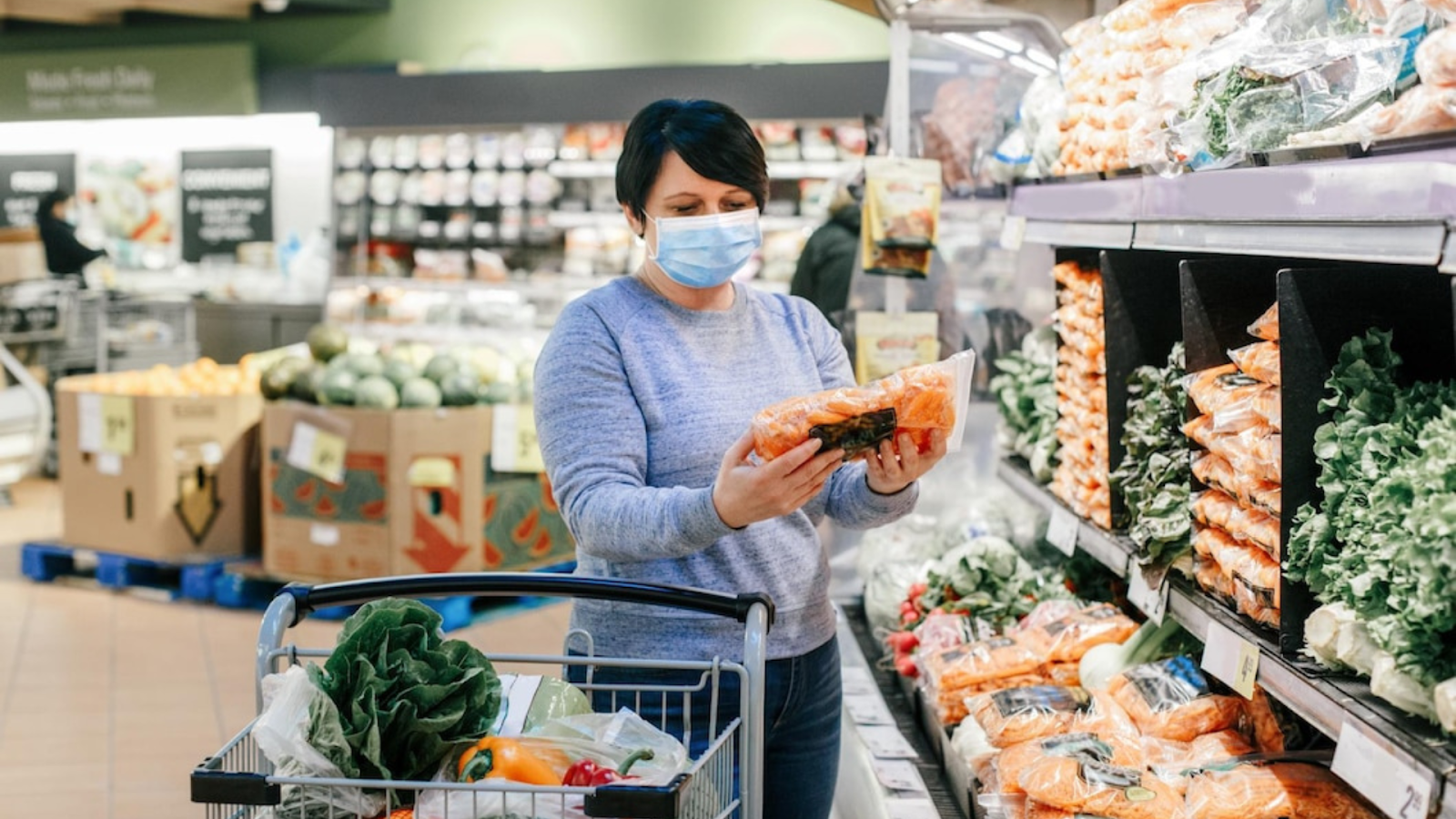Crises are becoming more commonplace. While natural causes are sometimes the source of such crises, these are often exacerbated by human actions. Global warming, SARS, MERS, COVID-19 are mostly consequences of poor decisions or practices by human beings.
On a personal level, these crises affect our daily lives. Reports of pharmacies, drug stores, supermarkets, groceries, etc. running out of essential supplies across the world have been beaming from every news media – print, TV/cable, on-line. These events are caused by mass hysteria leading to panic buying/hoarding. Add to this scenario the restrictions on the movement of people and vehicles, it leads to massive supply chain disruptions and challenges in getting essential stocks back on the shelves.
Typically, CPG companies and retailers work on a fixed delivery schedule (normally weekly) for stock deliveries either to a central warehouse or directly to the stores. And in most cases, such deliveries are triggered by purchase orders/requisitions from retailers that are sent to the CPG companies 24 to 48 hours in advance. This arrangement works well in normal situations but when there are constraints on the logistics system, the ‘‘business as usual’’ approach does not work.

In such a situation, given the constraints on manpower & transport, the need to prioritize which items are needed most becomes a key challenge for both brand owners and retailers. Using valuable human resources to manually verify and update the items that are out-of-stock on the shelves is certainly an option. But such valuable human resources could be put to other use given the possibility that many people have to ‘double hat’ in such situations.
This is an area where technology can be a true friend and supplement the efforts of human beings by releasing them from mechanistic chores and empowering them to take on other, more meaningful tasks. Artificial Intelligence has opened up a whole new world of possibilities and one such innovation is the development of imaging solutions based on AI.
ShelfWatch is at the forefront of such image recognition technology that helps retailers and brand owners to monitor their shelves and spot issues such as out-of-stock of key items to perfect their on-shelf availability. All it requires is for the person-in-charge of the shelf or for the brand owner’s salesman or merchandiser to take a photo of each of the shelves and upload it to the cloud through the ShelfWatch app. The ShelfWatch AI analytics will review the photos against agreed shelf plans of the retailer or brand owner and feedback within a few minutes to the concerned persons about items that are not available on the shelf. This will enable the store or the brand owner to take quick action to trigger re-ordering of needed stocks, thereby reducing the strain on the logistics system which can focus on essential requirements.

ShelfWatch also helps to monitor compliance with planograms, availability of key SKUs, POS availability, correct shelf placement, wrong pricing, etc. Apart from an almost ‘real-time’ feedback loop to the concerned people at the forefront of the action, there is also a management dashboard that provides analytics and trends to help Management to sharpen their in-store execution and manage their category strategies better.

.png)
.png)